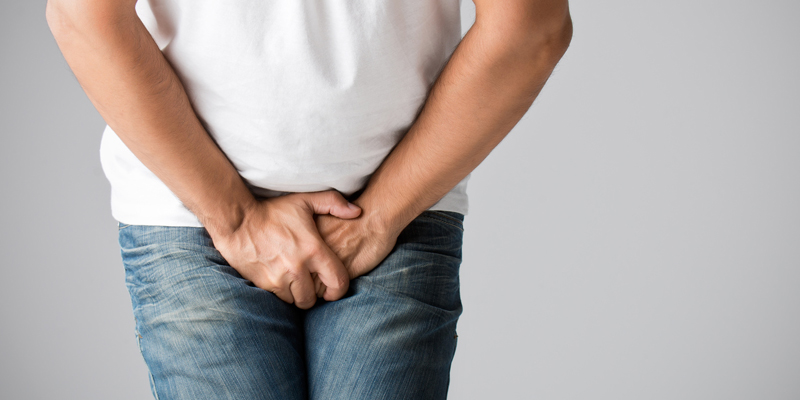
Chronic pelvic pain syndromes are not unique to women. Men can also experience pelvic pain caused by overactive, tight, or spasming pelvic floor muscles. This is often misdiagnosed as prostate infections but no infection is detected with testing.
Male pelvic pain syndromes can be associated with urethral discharge, urinary and bowel dysfunctions, sexual dysfunctions, and a negative impact on quality of life.
Male Pelvic pain symptoms can include:
Common diagnoses are:
Chronic Nonbacterial Prostatitis (Type III Prostatitis): Pelvic pain disorder with non-infectious cause. Symptoms often include pain with urination, urinary urgency/frequency, and pain in the penis, testicles, scrotum or groin. This is typically caused by spasming of the pelvic floor muscles.
Proctagia Fugax: Brief, severe, intermittent anal pain, typically at night, that can last from seconds up to several minutes. Typically, the patient is painfree between episodes. The pain is caused by spasming of the sphincter and pelvic floor muscles.
Levator Ani Syndrome: Episodic or chronic pain, pressure, burning or discomfort in the area of the rectum, sacrum, coccyx regions. The pain can especially increase with sitting or lower pelvic pressure. The pain is caused by spasming of the sphincter and pelvic floor muscles.
Coccygodynia (Coccydynia): Tailbone pain that can feel dull and achy but typically becomes sharp during certain activities like sitting, rising from a seated to a standing position or prolonged standing. Bowel movements and sex can also be painful. Some causes can include falls, abnormal movement of the tailbone (too much or too little), or overactive pelvic floor muscles attaching to the tailbone.
Anismus (dyssynergic defecation): Common cause of chronic constipation resulting from pelvic floor dysfunction with the muscles tightening when they should be relaxing
Rebalance Physical Therapy & Wellness in Philadelphia and Narberth treats male pelvic pain syndromes and prostatitis by balancing musculoskeletal impairments causing the pelvic floor muscles to spasm. Manual therapy includes release of tight tissues in the pelvis to reduce muscular pain and spasms.
Treatments may include biofeedback to reduce muscle tension and teach patients how to effectively use their muscles to reduce straining. The overall goal is to improve relaxation for the muscles for proper bowel movements. Education on home stretching, muscle relaxation, and sexual health are integral parts of the therapy process.


